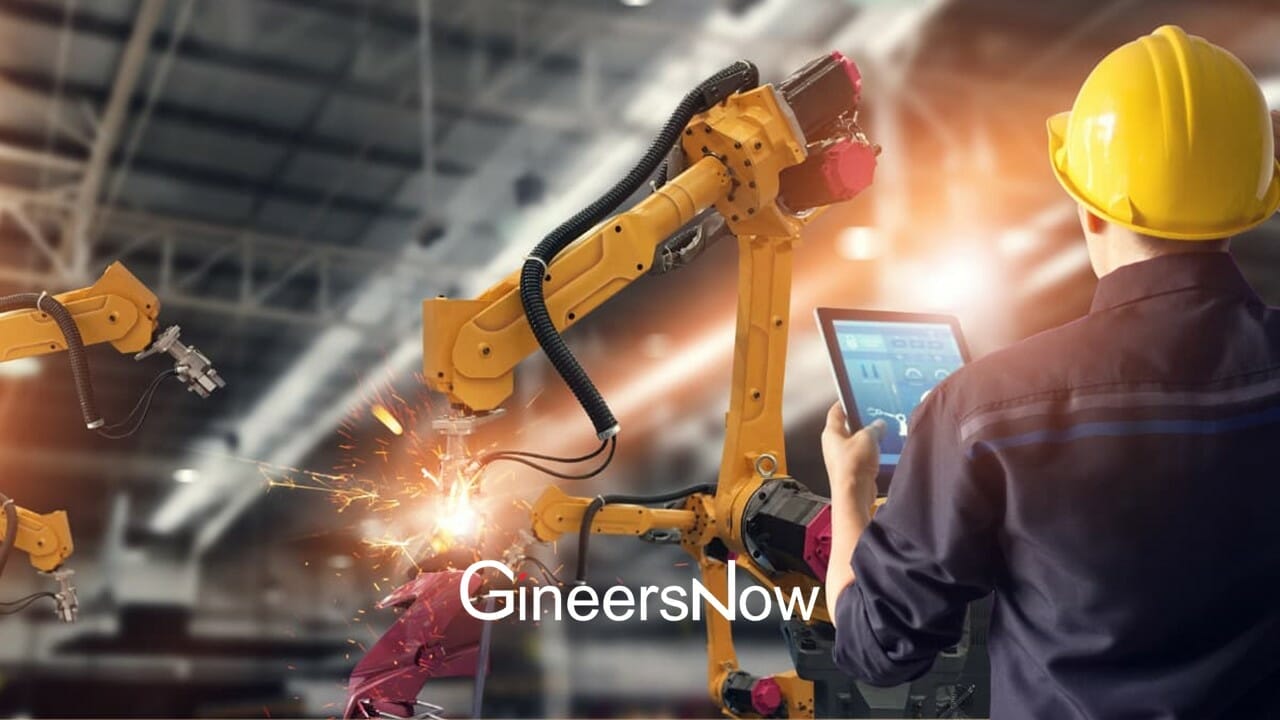In today’s market, ensuring top-notch product quality is crucial for achieving success. Advanced engineering techniques play a pivotal role in this endeavor by utilizing cutting-edge technologies and innovative methods to develop high-quality products. This article explores the methodologies and technologies that drive product quality, emphasizing the importance of accuracy, novel materials, automation, and sustainability in engineering practices.
Exploring Advanced Engineering
Advanced engineering involves employing the latest technologies and inventive approaches to design and produce goods. This field has undergone significant advancements over time due to technological progress. From the introduction of CNC machining to the incorporation of 3D printing, IoT, AI, and robotics, advanced engineering stands at the forefront of present-day manufacturing.
These technologies empower engineers to push boundaries and create products with precision, complexity, and functionality. By harnessing these innovations, manufacturers can elevate product quality, reduce production costs, and enhance overall efficiency.

The Significance of Precision in Engineering
Precision serves as a pillar of product quality. In engineering terms, precision denotes the accuracy and consistency with which products are manufactured to meet specifications. High accuracy is key to ensuring that products function reliably, fit together seamlessly, and demonstrate durability.
- Techniques in Precision Engineering: Various methods are utilized to achieve accuracy in engineering. These include using CAD/CAM software to design shapes, laser cutting for material shaping, and advanced measurement tools for meticulous quality control. Additionally, CNC machining is essential for creating components with tight tolerances and intricate features.
- Achieving Precision: Ensuring accuracy in manufacturing involves a mix of technology, expert craftsmanship, and thorough quality assessments. Contemporary CNC machines carry out designs with accuracy, adhering to stringent quality standards. By utilizing CNC machining services, manufacturers can uphold this level of precision in sectors where minor variations could affect product functionality and safety.
Innovative Materials and Their Impact
The utilization of advanced materials plays a significant role in enhancing product quality. Advanced materials offer unique properties that improve the performance and longevity of products, making them ideal for demanding applications.
- Cutting-Edge Materials: Revolutionary materials, like composites, alloys, and nanomaterials, have transformed various industries. For example, composites combine materials’ strengths to create lightweight yet robust components. Alloys can be customized to display specific traits, while nanomaterials showcase exceptional strength and conductivity at the microscopic level.
- Material Selection: Choosing the right material is a crucial aspect of the engineering process. The selection of material impacts the strength, weight, and resilience to environmental factors and the overall performance of the product. Advanced materials empower engineers to create products that not only perform well but also last long and operate efficiently.
- Real-World Applications: In industries like aerospace, advanced composites have revolutionized aircraft design by making them lighter and more fuel-efficient. These materials offer strength and durability while reducing weight, leading to significant enhancements in performance.
Automation and Smart Manufacturing
The realm of engineering is transforming with automation and smart manufacturing technologies. These innovations allow manufacturers to produce top-notch products with increased efficiency and uniformity.
- Automation Technologies: Automation entails utilizing machinery and technology for tasks traditionally carried out by humans. Robotics, automated inspection systems, and smart factories exemplify automation in manufacturing. These technologies boost production speed and accuracy, minimizing mistakes, and ensuring product quality.
- Tech-enabled Manufacturing: Smart manufacturing, also referred to as Industry 4.0, incorporates cutting-edge technologies like IoT, AI, and big data analytics into the manufacturing process. This integration enables real-time monitoring and optimization of production operations, resulting in increased efficiency and improved quality control.
- Quality Control: Automation plays a crucial role in ensuring quality control by carrying out tasks with precision and accuracy. Automated inspection systems can identify defects and deviations from specifications, guaranteeing that only top-notch products are delivered to the market. This helps minimize the chances of recalls and boosts customer satisfaction.
The Human Element in Engineering
With the progress in technology, human involvement remains essential in engineering. Skilled engineers and technicians are key players in upholding quality standards and fostering innovation.
- Skilled Workforce: Having a skilled team is crucial for implementing and optimizing advanced engineering methods. Engineers and technicians must possess a deep understanding of cutting-edge technologies and processes. Ongoing training and education are vital to ensure they stay informed about the latest advancements and best practices.
- Collaboration: The collaboration between human expertise and technological progress results in superior product quality. Engineers work together with advanced machinery and software to create, produce, and enhance products. This teamwork promotes innovation and ensures that engineering approaches adapt to new challenges and opportunities.
Focus on Sustainability and Quality
Practicing sustainable engineering not only enhances product quality but also reflects environmental responsibility. By embracing eco-friendly manufacturing techniques, companies can reduce waste, lower their environmental impact, and produce top-notch products.
- Environmentally Conscious Engineering: Sustainable engineering strategies concentrate on cutting energy usage, reducing waste generation, and utilizing recyclable materials. These strategies not only elevate product quality but also encourage environmental conservation. For instance, using recyclable materials helps decrease the need for raw resources while lessening the environmental impact of manufacturing processes.
- Efforts Towards Waste Reduction: Utilizing methods such as cold heading helps reduce wastage through precise forming processes that generate minimal to no scrap, resulting in cost savings and a reduced environmental impact. Efficient use of materials also plays a role in producing top-notch components with minimal resource usage.
- Benefits Over Time: Sustainable engineering practices uphold product quality over the long run by emphasizing durability and reducing the necessity for replacements. Products designed with sustainability in focus tend to be sturdier and more dependable, leading to increased customer satisfaction and loyalty.
In Conclusion
Innovative engineering is key to achieving top-tier product quality. By employing precision methods, cutting-edge materials, automation, and sustainable approaches, manufacturers can craft high-caliber products that meet market demands. As technology progresses, the future of engineering holds the promise of further enhancements in product quality. Embracing these advancements is crucial for remaining competitive and delivering exceptional products.











